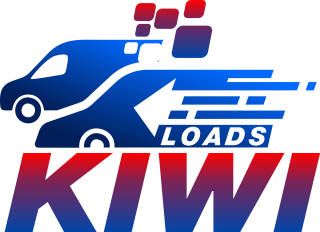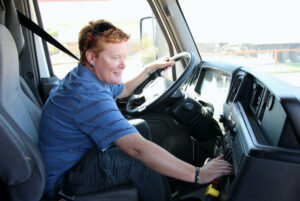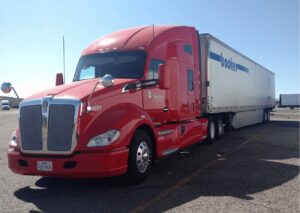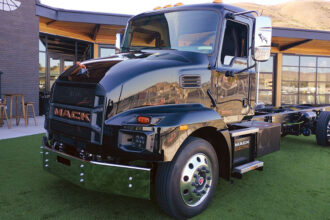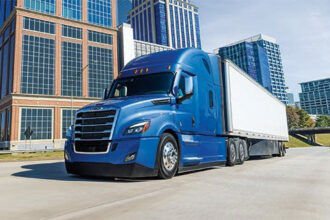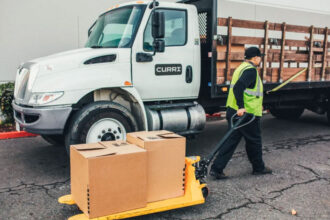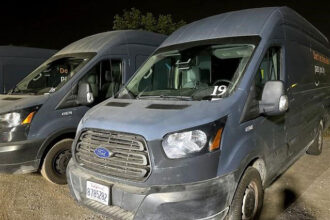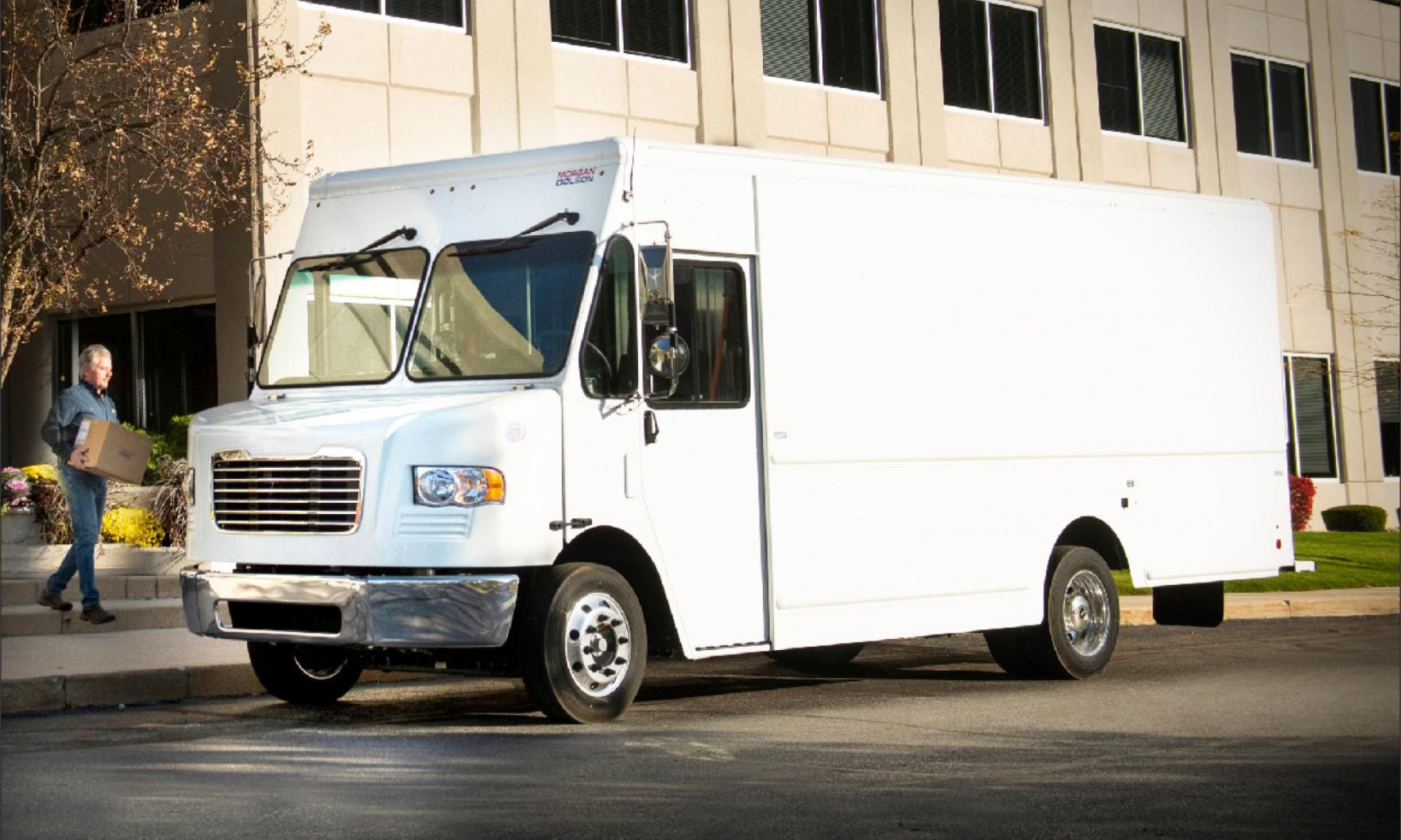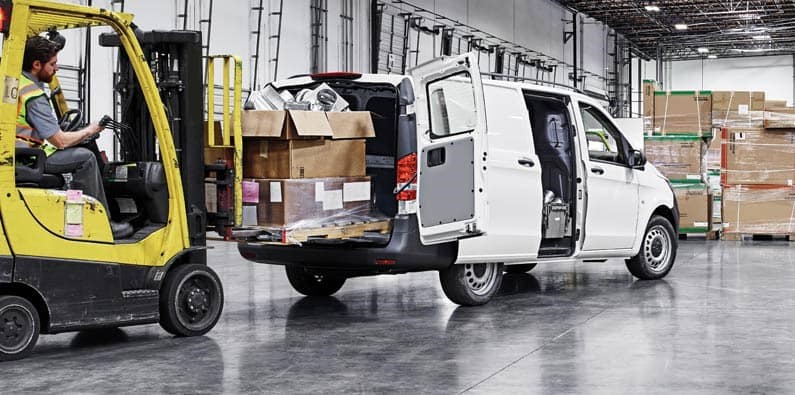Table of Contents
In the world of CDL training, acing the general knowledge test is pivotal. It’s not just about memorizing rules; it’s about becoming a skilled road warrior. From meticulous vehicle inspections to mastering vehicle control and shifting gears with finesse, it’s a journey of challenges and triumphs. For a visual and in-depth learning experience, consider a CDL Training Video General Knowledge resource
Drivers learn to navigate space and hazards, conquer various driving conditions, and understand traffic laws inside and out. It’s about more than passing a test; it’s about equipping oneself to handle the open road with confidence and competence.
So, grab your study guides, fire up those practice tests, and get ready to hit the road to CDL success. With determination, perseverance, and a dash of good old-fashioned grit, you’ll be cruising down the highway in no time. And who knows? Maybe one day, you’ll be the one giving advice to the next generation of trucking hopefuls.
The road awaits – are you ready to conquer it?
1. Mastering Vehicle Inspection
2. Navigating Basic Vehicle Control
3. Understanding Shifting Gears
4. Managing Space and Hazards
5. Navigating Various Driving Conditions
6. Understanding Traffic Laws and Regulations
7. Preparing for Success
Summary
1. Mastering Vehicle Inspection
Mastering vehicle inspection is a cornerstone of CDL training, essential for ensuring both safety and regulatory compliance on the road. Candidates undergo rigorous preparation to develop a keen eye for detail and a comprehensive understanding of the inspection process.
During the pre-trip inspection portion of the CDL test, candidates are tasked with assessing various components of the vehicle, leaving no bolt or belt unchecked. From the engine’s roar to the tire’s tread, every aspect of the vehicle’s functionality is scrutinized. Candidates must not only identify potential safety hazards but also detect any mechanical issues that could compromise the vehicle’s performance during operation.
This process demands more than just superficial observation. Candidates must possess an in-depth understanding of the inner workings of commercial vehicles, recognizing signs of wear and tear, leaks, or loose components that may escape the untrained eye. They must also ensure that all essential systems, such as brakes, lights, and steering, are functioning optimally to guarantee safe operation on the road.
Moreover, candidates must adhere to strict procedural guidelines during the inspection, following a structured sequence of steps and documentation requirements. Attention to detail is paramount, as overlooking even minor issues could result in a failed test or, more critically, pose a safety risk while driving. Thus, candidates are trained to approach each inspection methodically, leaving no stone unturned in their quest for thoroughness.
>>>MORE: CDL Training Video General Knowledge
2. Navigating Basic Vehicle Control
Navigating basic vehicle control is akin to mastering the art of dance on wheels – it’s all about finesse, precision, and confidence behind the wheel. CDL candidates undergo extensive training to develop the fundamental skills necessary for safe and effective operation of commercial vehicles.
At the heart of basic vehicle control lies proficiency in essential tasks such as steering, accelerating, braking, and, where applicable, shifting gears. Candidates must demonstrate their ability to execute these maneuvers with precision and fluidity, whether navigating through congested city streets or cruising down open highways. From smoothly transitioning between gears to executing seamless lane changes, mastering these skills is essential for maintaining control of the vehicle in any driving scenario.
Moreover, candidates must understand the principles of weight distribution and how it impacts vehicle handling, particularly when operating large commercial vehicles. They learn to anticipate how changes in cargo weight or distribution can affect the vehicle’s stability and maneuverability, adjusting their driving technique accordingly. Mastery of these principles not only enhances safety on the road but also contributes to operational efficiency and productivity, ensuring that goods are transported safely and on schedule.
Furthermore, candidates are trained to navigate a variety of challenging situations, from parking in tight spaces to backing up with precision. Whether maneuvering through narrow alleyways or executing a perfect parallel park, they learn to approach each task with confidence and skill.
3. Understanding Shifting Gears
For candidates seeking endorsements for vehicles equipped with manual transmissions, proficiency in shifting gears is essential. This includes understanding the mechanics of the transmission system, including gear ratios, clutch operation, and proper shifting techniques. Candidates must demonstrate their ability to shift gears smoothly and efficiently, without causing undue wear and tear on the vehicle’s transmission.
Candidates should be familiar with the different types of transmissions commonly found in commercial vehicles, including synchronized and non-synchronized transmissions. They should understand when to shift gears based on factors such as vehicle speed, engine RPM, and road conditions. Mastery of shifting gears is not only essential for passing the CDL test but also for ensuring safe and efficient operation of manual transmission vehicles on the road.
4. Managing Space and Hazards
CDL drivers must possess strong spatial awareness and hazard perception skills to navigate safely through traffic and challenging road conditions. This includes maintaining appropriate following distances, anticipating potential hazards, and reacting promptly to unexpected situations.
Candidates should be familiar with defensive driving techniques and strategies for minimizing risks on the road, such as scanning the environment for potential hazards, signaling intentions clearly to other drivers, and adjusting their driving behavior based on traffic conditions. Mastery of space management and hazard perception skills is crucial for preventing accidents and ensuring the safety of both the driver and other road users.
5. Navigating Various Driving Conditions
Commercial drivers often encounter a wide range of driving conditions, including inclement weather, heavy traffic, and construction zones. CDL candidates must demonstrate their ability to adapt to these conditions and make informed decisions to ensure safe navigation.
This includes understanding how different weather conditions, such as rain, snow, ice, fog, and high winds, can affect vehicle handling and braking distances. Candidates should also be familiar with best practices for driving in adverse conditions, such as reducing speed, increasing following distances, and using caution when maneuvering on slippery or uneven surfaces.
Candidates should understand how to navigate through construction zones, work zones, and other challenging environments safely. This includes obeying posted speed limits and traffic signs, staying alert for changing road conditions, and being mindful of construction workers and equipment.
>>>GET SMARTER: How To Get a CDL License
6. Understanding Traffic Laws and Regulations
A solid grasp of traffic laws and regulations is essential for all commercial drivers. CDL candidates must demonstrate their knowledge of federal and state traffic laws relevant to commercial driving, including speed limits, right-of-way rules, parking regulations, and traffic control devices.
Additionally, candidates should be familiar with specific regulations governing commercial vehicles, such as weight limits, size restrictions, and hours-of-service regulations. Compliance with these regulations is essential for ensuring the safe and legal operation of commercial vehicles and avoiding potential penalties or fines.
Candidates should also be aware of the importance of staying up-to-date with changes in traffic laws and regulations, as well as any updates to the CDL test requirements. This may involve reviewing the latest editions of the CDL handbook, attending refresher courses, or seeking guidance from experienced instructors.
7. Preparing for Success
Achieving success in the CDL general knowledge test requires diligent preparation and study. Candidates should utilize a variety of resources, including study guides, practice tests, and instructional materials provided by reputable CDL training programs—learn more on how to find a good CDL School. These resources can help candidates familiarize themselves with the format and content of the test, identify areas where they may need additional study or practice, and track their progress over time.
Additionally, seeking hands-on training and guidance from experienced instructors can greatly enhance understanding and retention of key concepts. Instructors can provide valuable insights, tips, and real-world examples to help candidates develop the knowledge and skills necessary to excel in the CDL test and become safe and competent commercial drivers.
Candidates should take advantage of opportunities for practical experience, such as behind-the-wheel training and supervised practice sessions. This hands-on experience allows candidates to apply the knowledge and skills they’ve learned in a real-world driving environment, helping to build confidence and proficiency behind the wheel.
Summary
Mastering CDL training general knowledge is essential for aspiring commercial drivers looking to embark on a rewarding career in the transportation industry. By understanding the core principles and practices covered in the CDL general knowledge test, candidates can position themselves for success and ensure they have the knowledge and skills necessary to operate commercial vehicles safely and efficiently on the road.
With diligent preparation and a commitment to excellence, aspiring drivers can achieve their goal of obtaining a commercial driver’s license and pursuing a fulfilling career in the transportation industry. For comprehensive details on the entire process, learn How to Get a CDL License
